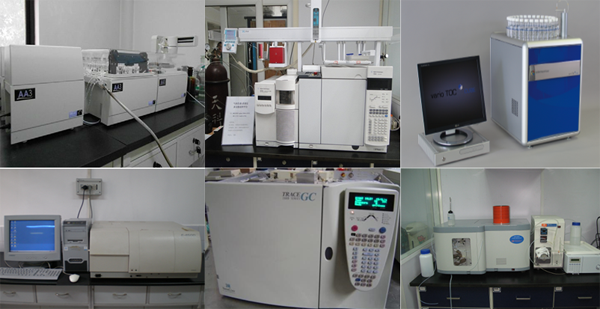Analytical Laboratory of Environmental Geography
The Analytical Laboratory of Environmental Geography can be traced back to the 1960s as a chemical geography research under the framework of integrated physical geography in the Institute of Geography. From 1974 to 1976, the Analytical Laboratory of the Chemical Geography Research Laboratory was formally established, and in 2009, it became one of the five specialized laboratories of the Institute. Over the years, it has undertaken multiple tasks of analyzing samples for chemical and environmental geography, medical and health geography, and environmental biogeochemistry etc.
The testing items in the Laboratory include: trace elements, total organic carbon and total nitrogen in soil, plant and water samples; carbon dioxide, methane and nitrous oxide in gas; arsenic and selenium in water, urine and blood samples; PAHs and energy-containing compounds in soil, etc. The main instruments in the Laboratory are: gas chromatography-mass spectrometer (GC-MS), liquid chromatography-mass spectrometry (LC/MS), atomic spectrofluorometer (AFS) and morphological analysis preprocessing module, total carbon/total nitrogen analyzer, inverted fluorescence microscope, flow analyzer, fluorescence spectrophotometer, ultravioletspectrophotometer, specific surface and porosity analyzer, rotary evaporator, automatic disintegrator, high-speed frozen centrifuge, etc.
The main instruments in the laboratory
